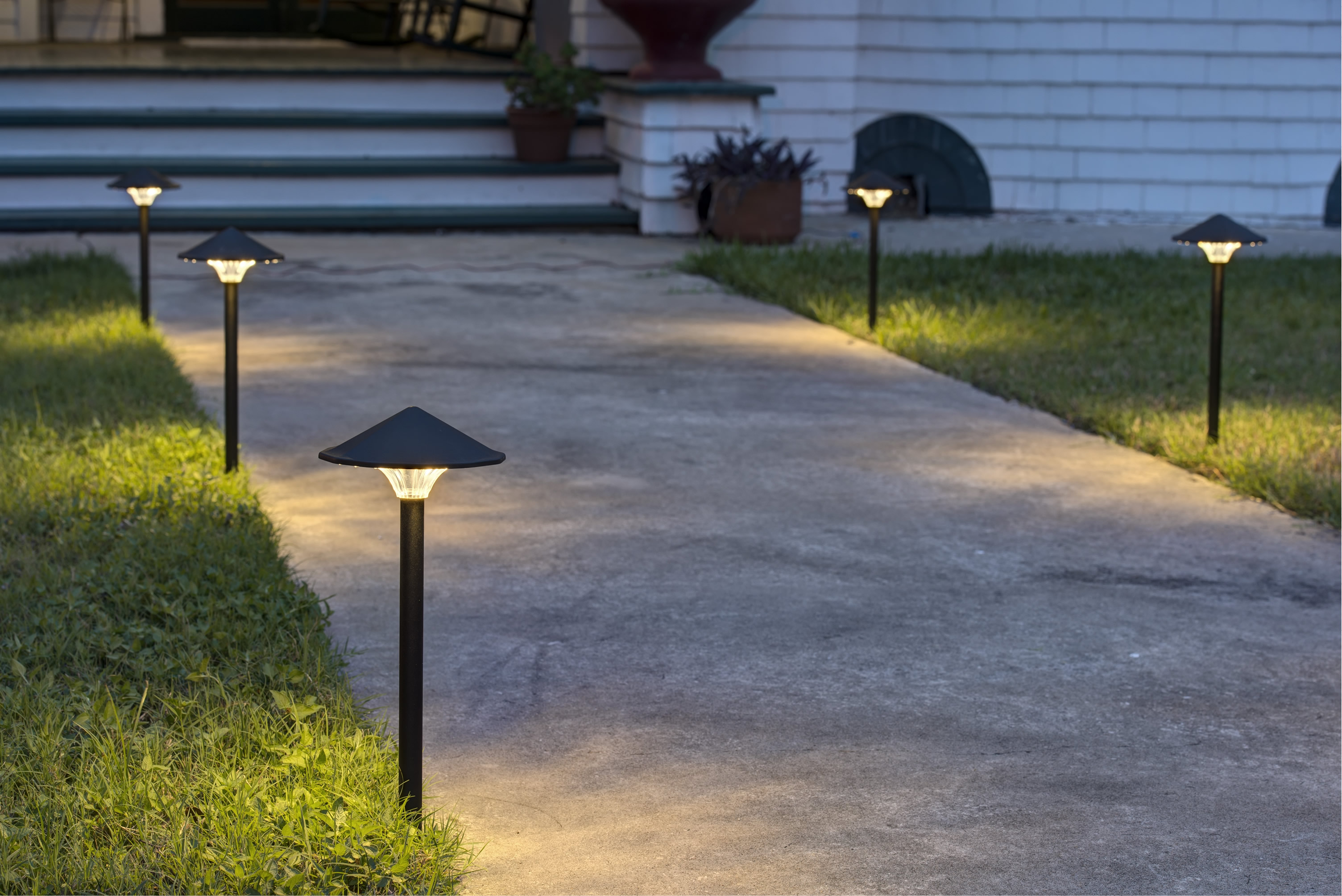

We have a much better foreground exposure, but the foreground is not in focus for the entire scene. Foreground Focus & Exposure Considerations Detail of the foreground exposure after adjustments.

With a 14mm lens on a full-frame camera, you’re limited to about 10 seconds before the stars move enough to create trails.įigure 7. This means using relatively short exposures considering how dark the night sky is. But since we’re interested in capturing sharp, pinpoint-like stars, we need to use a shutter speed short enough to prevent star trails. Open the shutter for a long time, and you’ll get an image with bright arcs or lines of the stars moving through the sky. This is great for creating star trail images. Earth rotates toward the east, so everything appears to move west. You may not notice it when you stand outside gazing up at the stars, but look closely at the location of a particular constellation and then check again a few minutes later, and you’ll notice it’s now a little more to the west. The speed decreases as you move north or south away from the equator, but the effect on our viewing of the night sky is the same wherever you are on Earth-the stars appear to “move” through the sky over time, but in reality, it is the Earth’s rotation that causes the perceived movement. Why do we need separate exposures? Why can’t we just take a single exposure of the scene and call it good? There are a few reasons.Įarth spins on its axis at about 1,000 miles per hour at the equator. The final composite consists of separate sky and foreground exposures that were blended in Photoshop. This image captures the Milky Way rising over a rocky beach on the coast of Maine. Make Separate Exposures For Night Sky Landscapes Unplug the laser unit from the power source for 1 minute then repeat “Syncing the Remote” steps above.Figure 1. To re-sync, remove the battery from the remote. Occasionally, re-syncing the remote with the laser may be necessary. Within 5 seconds of plugging the laser in, press the ON/OFF button on your remote to sync it with the laser. Syncing the remote: With your remote ready (battery installed) and making sure you are within range of the laser, plug in the laser power supply adapter to a power source. If the LED does not illuminate, check to make sure you have installed battery according to the correct polarity. To test the remote’s battery connection, press any button and the LED will illuminate for 1 second.
#Night star landscape lights install#
First, install the included 23A battery in the remote. If you already have, unplug it and then follow the steps below, in order.

Power Input: 120V~ 60Hz 0.27A Max Power Output: 12V DC 1.08AĭO NOT PLUG IN LASER UNIT UNTIL PROMPTED IN THE STEPS BELOW. Heating Element & Cooling System: Internal heating and cooling system keeps your light working properly within temperature rating Weather Resistance: Weather resistant, it stands up to snow, sun, wind, and rain Indoor/Outdoor Rating: Rated for indoor and outdoor use Power Consumption: Low voltage and low power consumption with UL power adapter Housing Material: Cast Aluminum Spike / Mounting Plate Material: Cast Aluminum Ground Stake / Unit Control Panel: Power/Mode button on back Remote: Timer Settings: Select 4, 6, or 8 hour daily cycleįlash Settings: Optional flashing lasers with speed control Motion: Moving kaleidoscope with speed selection Light Display: Select red, green, or a combination of both, with optional flashing light mode Effects/ Night Stars Landscape Lighting Special Features: Projects brilliant points of moving red & green light Laser(s): PREMIUM – RED & GREEN MOVING LASER W/ REMOTE


 0 kommentar(er)
0 kommentar(er)
